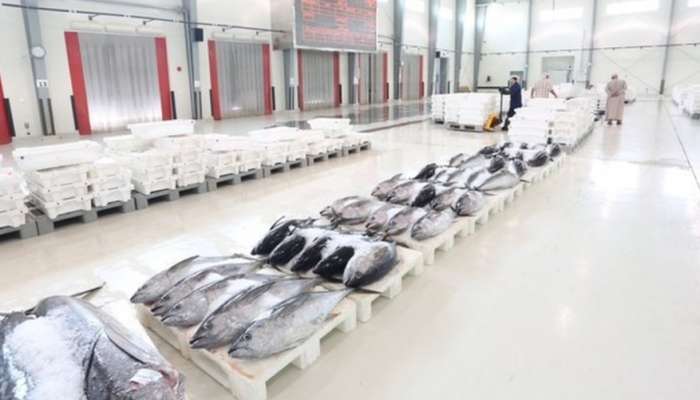
Muscat: The total value of fish landed from various fishing activities (artisanal, coastal, and commercial) in the Sultanate of Oman reached approximately OMR159,726 by the end of March 2025, marking an 8% increase compared to the same period last year, which recorded OMR147,852.
According to preliminary statistical data released by the National Centre for Statistics and Information, Oman’s fisheries sector has shown notable growth, with the total quantity of landed fish rising to 238,131 tonnes by the end of March 2025, compared to 223,531 tonnes during the same period in the previous year—a 6.5% increase. This reflects positive development in Oman’s fish production.
Despite a slight decline, artisanal fishing remains the backbone of the sector, with landings reaching 189,770 tonnes by the end of March 2025—a 1.7% decrease from 193,054 tonnes in March 2024.
Al Wusta Governorate recorded the highest artisanal fish landing volume at 78,215 tonnes, followed by South A’Sharqiyah Governorate with 54,348 tonnes and Dhofar Governorate with 24,487 tonnes.
North and South Al Batinah Governorates recorded 15,927 tonnes, while Musandam Governorate reached 8,755 tonnes, and Muscat Governorate recorded 8,038 tonnes.
Commercial fishing saw a significant surge, with landings rising to 43,677 tonnes by the end of March 2025, compared to 27,240 tonnes during the same period last year—a remarkable 60.3% growth. Coastal fishing also posted strong growth at 44.7%, reaching 4,684 tonnes compared to 3,237 tonnes in March 2024.
Small pelagic fish topped the list of the most landed species in artisanal fishing, with 95,275 tonnes, followed by large pelagic fish at 60,465 tonnes and demersal fish at 27,522 tonnes. Shark species accounted for 1,426 tonnes, while crustaceans and mollusks reached around 930 tonnes, and other unclassified fish recorded approximately 4,152 tonnes.